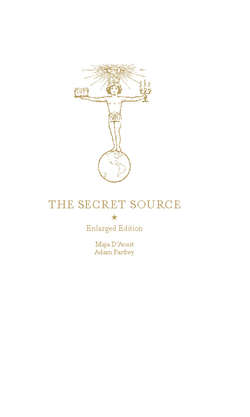Читать книгу The Secret Source - Maja D'Aoust - Страница 13
На сайте Литреса книга снята с продажи.
PROPONENTS OF THE MENTAL CURE Warren Felt Evans
ОглавлениеAll that we know of matter is force, as all its properties are only modifications of force. Its inmost essence may be spiritual, and what we call matter may be only the outward clothing, or ultimation, or external manifestation of some spiritual reality. The properties of matter are reduced to the single idea of force. Mind is a higher and diviner force, approaching many degrees nearer the Central Life. All force, in its origin, as well as all causation, is spiritual. Mind is a manifestation of force entirely distinct from that we call matter. Between color and thought, there is a broad distinction. They are not identical. One belongs to matter, the other to mind. One is a material, the other a spiritual property or force.
—Warren Felt Evans, The Mental Cure
Warren Felt Evans was a farmer’s son, born to Eli and Sarah Edson Evans in Rockingham, Vermont, on December 23, 1817, the sixth of their seven children. Evans, along with the Dresser family, wrote extensively on the teachings of Phineas Quimby. Evans didn’t quite establish a movement like Mrs. Eddy; instead he set up a healing practice in Salisbury, Massachusetts. Evans quickly gained notoriety due to his skill as a healer, and he published several books that were widely popular. These include The Mental Cure: Illustrating the Influence of the Mind on the Body, Both in Health and Disease, and the Psychological Method of Treatment (1869); Mental Medicine (1872); Soul and Body, The Divine Law of Cure (1881); The Primitive Mind Cure (1885); and Esoteric Christianity and Mental Therapeutics (1886).
Evans’ first work was released three years prior to Mary Baker Eddy’s Science and Health. Aside from Mrs. Eddy, Mr. Evans was the only person who actually made a cohesive philosophical system of mental healing immediately after Quimby’s passing. One of the most interesting aspects of Evans’ written works is that he integrated the work of Phineas Quimby and the spiritualist inspiration of Emanuel Swedenborg.
